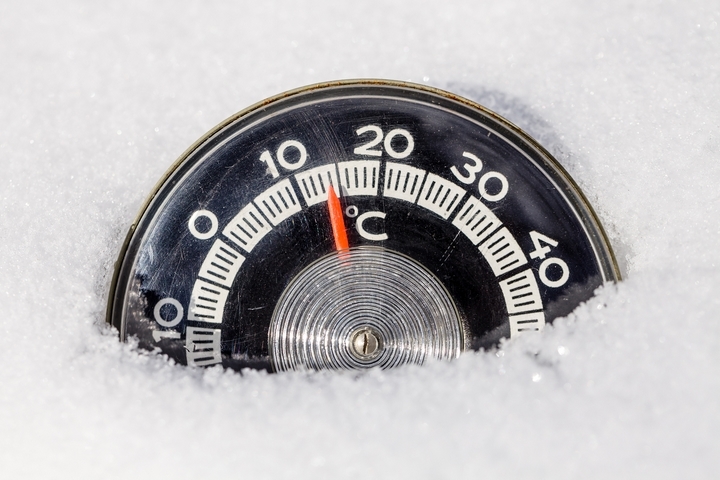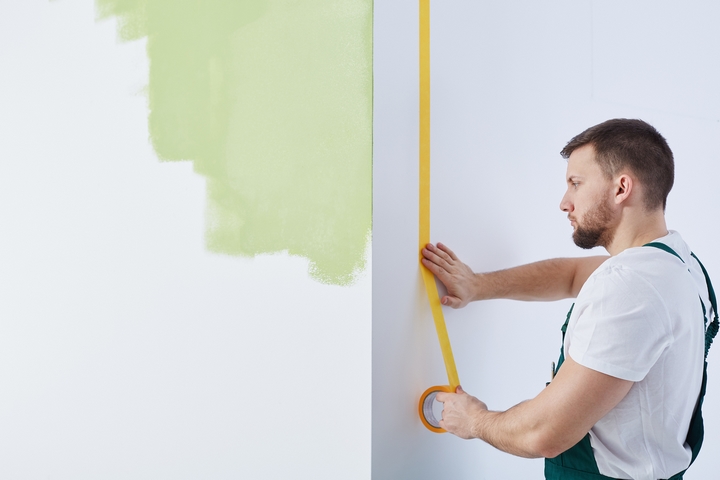Are you painting your home in the winter? Fasten your seatbelts; it’s going to be a bumpy night.
While outdoor painting In December, January, or February is less than ideal, sometimes it just needs to be done – it doesn’t mean you have to like it. You will need a series of tools and products to ensure the paint job is complete without any hiccups.
How can you ensure you or the painters can paint your home in the winter without the hurdles?
Here are five things to know when painting your home this winter:
1. Scheduling is Essential

Homeowners and contractors typically prefer to paint the exterior of the home before temperatures plummet. Sometimes, however, this does not happen because of unforeseen circumstances, a change in schedule, or a brutal storm that has wreaked havoc on the entire neighbourhood.
With this in mind, you must establish a proper schedule – it is essential to getting the job done. While it can be difficult to maintain, especially when things come out of nowhere, it is important to try your best to stay within the confines of your schedule.
Otherwise, before you know, it’ll be -25 degrees and it’ll be impossible to paint your home.
2. Always Check the Surface First

Even with the sunshine, the surface you’re painting has yet to warm up. What do you do when the surface is still frigid? Well, first, you need to be aware that the surface should generally be at least 10 degrees Celsius. If it isn’t then you may need to tap into your inner Macgyver and attempt to utilize some household tools to warm up the surface, like a hairdryer or a heat gun.
3. Additives Will Fight the Cold Weather

There are two main challenges for painters when getting the job done: using more elbow grease and getting an even coat. Typically, the best way to combat this problem is to incorporate additives into the paint. It is up to you which ones to use, but there are two primary additives that industry experts suggest: Penetrol (oil paints) and Floetrol (water paints).
As long as you follow the instructions, you should be equipped to handle the bitter cold.
4. Erecting a Bubble to Paint

Painting the house outside can be extremely difficult when there are subzero temperatures.
Of course, it is best to delay the paint job when it is this cold outside. However, if it must get done as quickly as possible, then you can always construct a greenhouse, or a bubble.
Here are some tips:
- Create a bubble in the immediate vicinity of the area you wish to paint.
- Buy some zip poles and install them on the ground.
- Install a space heater in the area – let it run for a few minutes.
- Begin to paint and then leave the area when you want the paint to dry.
- Apply your second coat and then do the same thing.
- Deconstruct the bubble upon completion.
And that is how you erect a bubble, or a greenhouse, when painting outside.
5. Keep an Eye Out for Various Issues

Let’s be honest: There are all sorts of issues that can arise when you’re painting outside in cold temperatures. It is critical to keep a lookout for them, otherwise it can damage the paint, requiring you to hire a team of painters once again.
So, what should you keep an eye out for exactly?
- Poor colour.
- Water spotting.
- Cracking (especially when it’s windy).
- Inadequate touch-up.
This is partly why painters prefer to paint in temperatures above the 10-degree mark. But, if you can prevent these problems from happening, then good luck!
Life happens. You may have had the idea of painting your property in October, but it has been delayed to December or January. Subzero temperatures and windy conditions are not optimal conditions for painting outside. With the right tools, the right men for the job, and the right experience, your house or business can receive a new coat of paint it so desperately needs.

